DieHappy Forest

DieHappy Forest is a testament to the enduring beauty of wild landscapes.
Along the high ridges of DieHappy, towering eucalypts, such as Tallowwood and Blackbutt, create a rich canopy, casting dappled sunlight onto the forest floor. Native birdcalls echo through the trees, and the fragrance of the bush fills the senses. Further down, in the sheltered gullies, temperate rainforest cools the air. Here, ancient tree species such as Coachwood and Yellow Carabeen, stand as living reminders of the Earth’s history, a refuge of Gondwana that has flourished for millions of years.
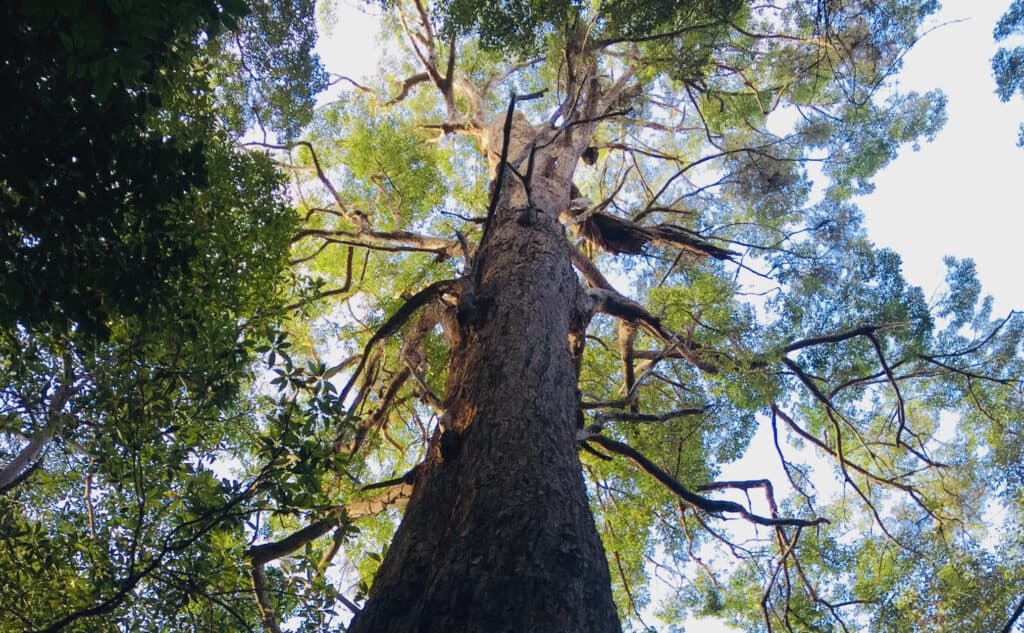
DieHappy Forest is a vital ecological treasure. Its diverse ecosystems are home for an array of wildlife, including Koalas, Greater Gliders and countless bird species. The crystal-clear DieHappy Creek meanders through the forest, teeming with aquatic life, adding to the region’s ecological richness.
DieHappy Forest also plays a significant role in preserving the environment. Its lush vegetation acts as a natural carbon sink, helping combat climate change, while its intact ecosystems contribute to the overall health of the region’s environment and water catchment systems.
Visiting DieHappy Forest is not just an opportunity to connect with nature’s beauty, but also a chance to appreciate the importance of conservation. It’s a reminder of the importance of protecting such pristine landscapes for future generations to enjoy, ensuring that all who venture into this enchanting forest can truly “DieHappy” knowing they’ve experienced the wonders of the natural world.
Who lives in DieHappy Forest?
Koalas live in DieHappy Forest
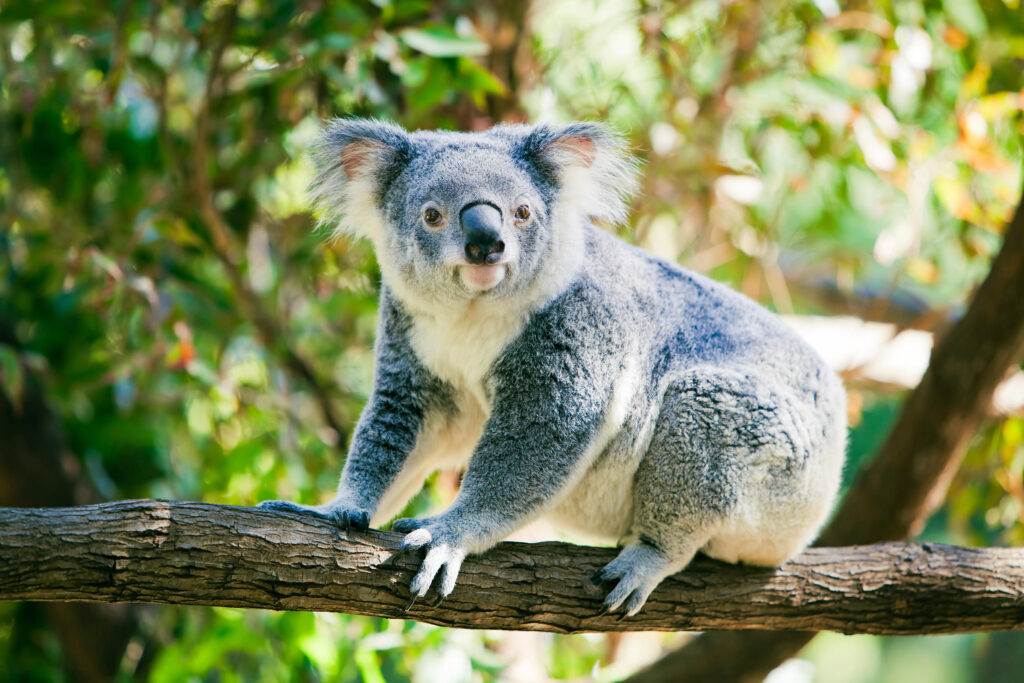
Koalas (Phascolarctos cinereus) are an iconic and beloved marsupial species native to Australia. In New South Wales (NSW), their habitat has been under significant threat due to a combination of factors, including habitat loss, bushfires, disease, and urbanization.
One of the primary threats to koalas in NSW is the loss of their natural habitat. Urban expansion, agriculture, and land clearing for development have resulted in the destruction and fragmentation of koala habitats. As forests are cleared for various purposes, koalas lose the trees they rely on for shelter and food.
Greater Gliders live in DieHappy Forest
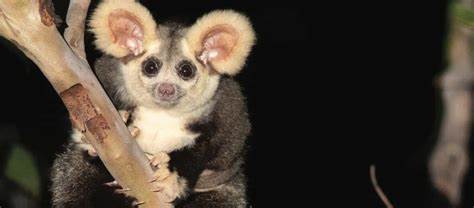
The Greater Glider (Petauroides volans) is an endangered marsupial species found in eastern and southeastern Australia, including New South Wales (NSW). About the size of a large cat, and with huge fluffy ears, and a long fluffy tail, Greater Gliders glide between trees using a membrane of skin stretched between its forelimbs and hind limbs.
Logging practices, particularly clear-cutting, has severe consequences for Greater Gliders. These marsupials rely on large old-growth trees with suitable hollows for nesting and shelter and are essential for glider survival.
Long-nosed Potoroos live in DieHappy Forest
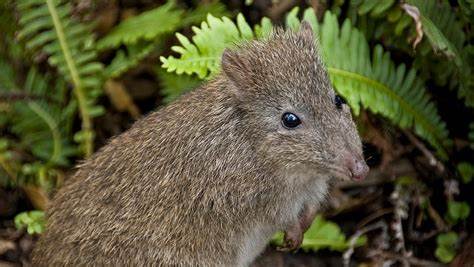
The Long-Nosed Potoroo (Potorous tridactylus) is a small, truffle-loving marsupial that is native to Australia, including parts of New South Wales (NSW). This species is considered “vulnerable” under both the IUCN Red List and Australia’s federal conservation legislation.
The most significant threat is habitat loss and fragmentation due to urbanization, agriculture, and clear-fell logging.
Yellow Bellied Gliders live in DieHappy Forest
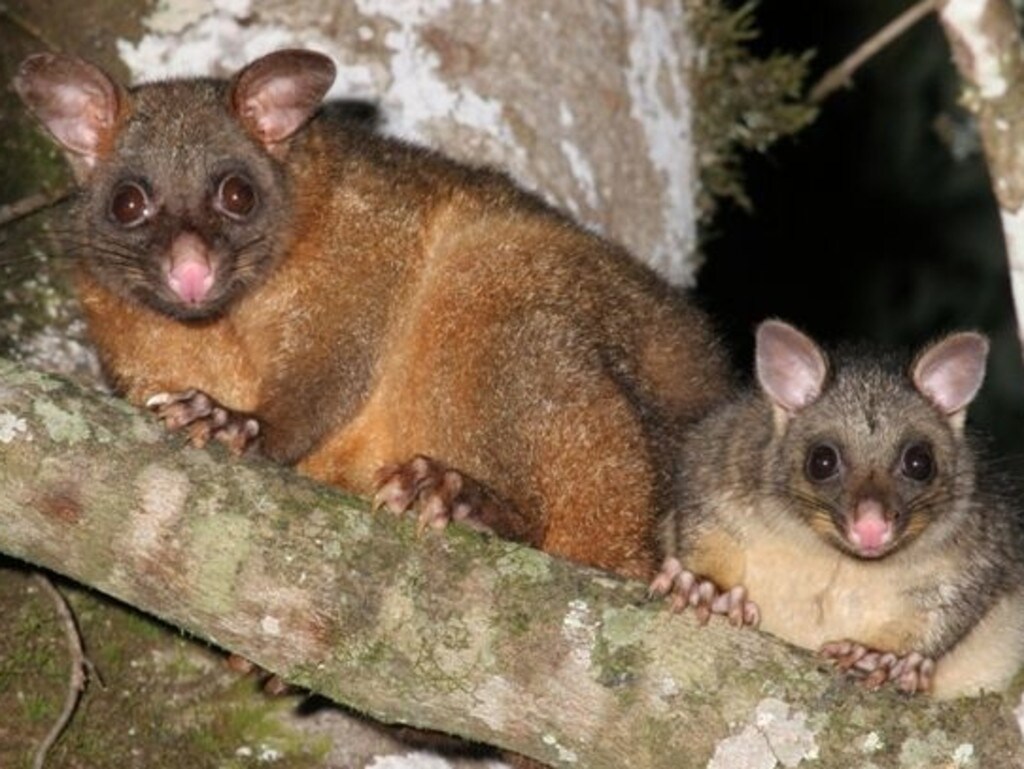
Yellow-Bellied Gliders (Petaurus australis) are a small to medium-sized gliding marsupial native to eastern Australia. They are members of the gliding possum family (Petauridae) and are known for their distinctive yellow or orange-yellow belly, which gives them their name, and braying, donkey like call. Yellow-Bellied Gliders live in eucalyptus forests and woodlands along the eastern coast of Australia. They require large, intact tracts of mature forest for their survival.
Glossy Black Cockatoos live in DieHappy Forest
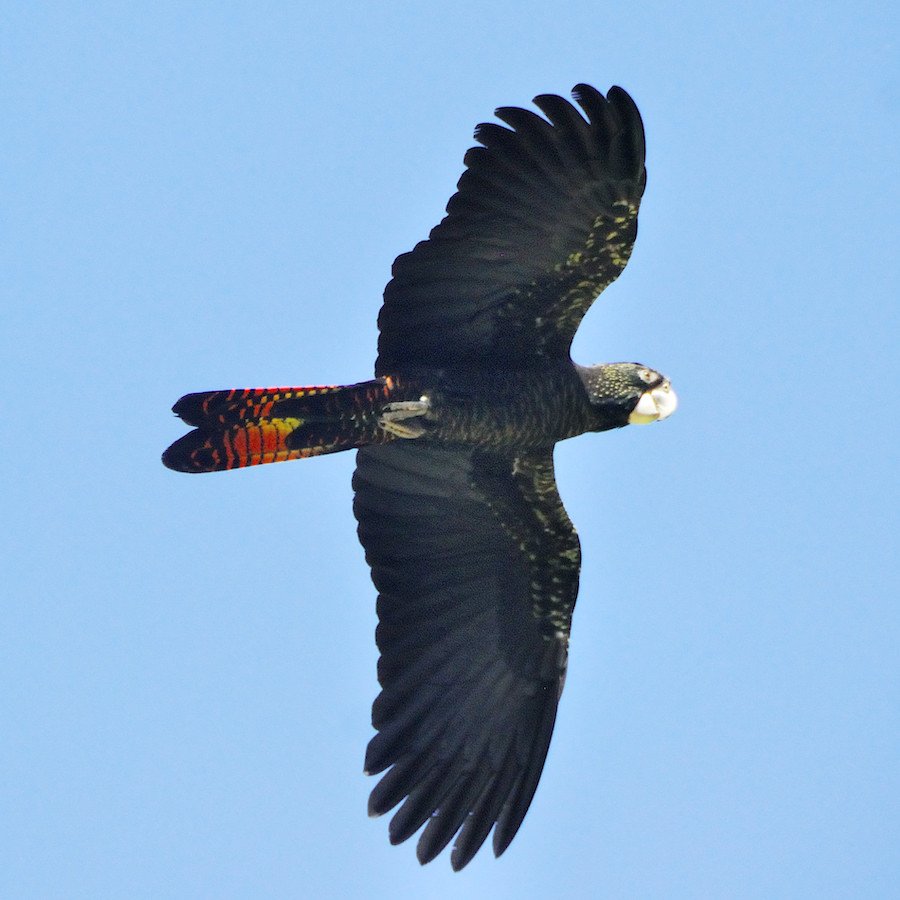
The Glossy Black Cockatoo (Calyptorhynchus lathami) is a distinctive and threatened species of cockatoo native to eastern and southeastern Australia.
The primary threat to Glossy Black cockatoos is habitat loss and fragmentation. They rely on specific types of woodland and forest habitats, particularly those dominated by Allocasuarina, Forest Oaks, and Banksia trees. As these habitats are cleared or modified, the Glossy Black Cockatoo’s feeding and nesting sites are severely reduced and isolated.
Birds
DieHappy Forest is home to numerous bird species, including Kookaburras, Lyrebirds, Eastern Rosellas, Log Runners, Honeyeaters, and birds of prey such as eagles and many owls species
Mammals
Common mammals in the forest include wallabies, kangaroos, possums, gliders, wombats, and various species of bats.
Reptiles
The forest provides habitat for various reptiles, including Eastern water dragons, blue-tongued lizards, snakes (e.g., eastern brown snakes and carpet pythons), and various species of skinks and geckos.
Amphibians
Amphibians such as the Eastern Dwarf Tree Frog, Green Tree Frog, and various species of ground frogs can be found in the forest, especially near the water bodies.
Insects and Arachnids
A diverse array of insects and arachnids call the forest home, including butterflies, spiders, ants, beetles, and cicadas.
Freshwater Fish
DieHappy Creek hosts various species of freshwater fish, including native species like galaxias.
Freshwater Crustaceans
Crayfish and various types of freshwater crustaceans can be found in DieHappy Creek.
Mollusks
Land snails and slugs are common in forested areas, particularly in moist and shaded environments.
Fungi
DieHappy Forest’s diverse range of ecosystems supports a wide variety of fungi species, including mushrooms and other fungi that play crucial roles in nutrient cycling.
Microorganisms
Various microorganisms, including bacteria and fungi, are present in the soil and play essential roles in nutrient recycling and decomposition processes.